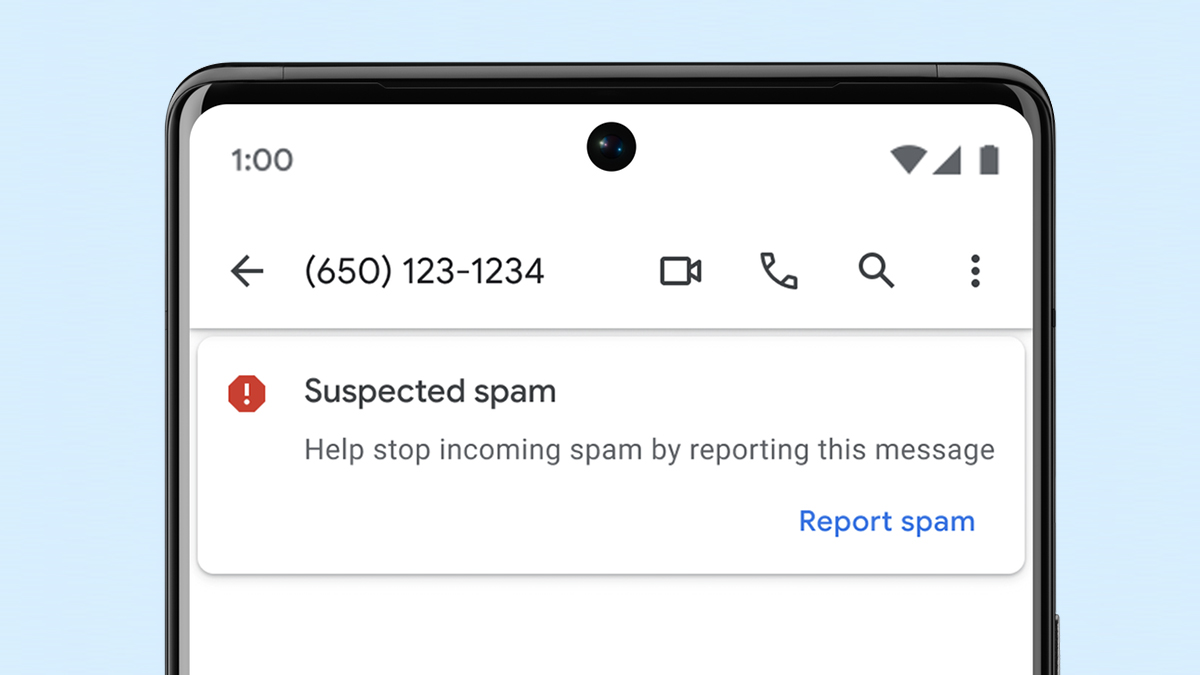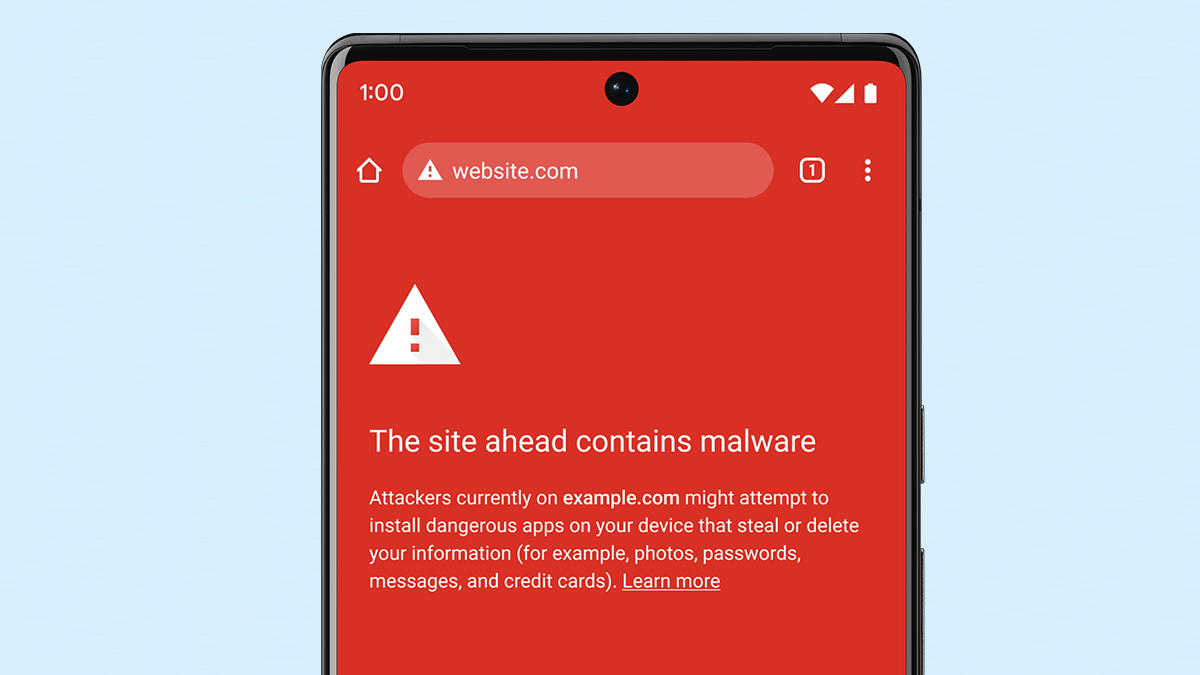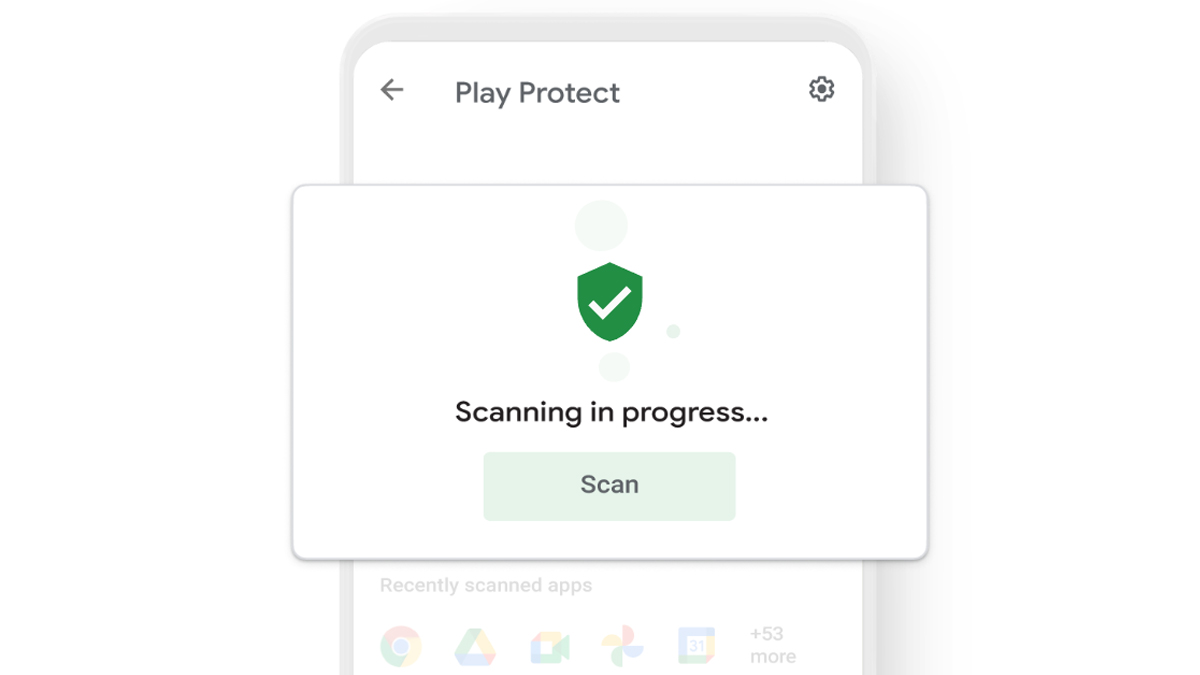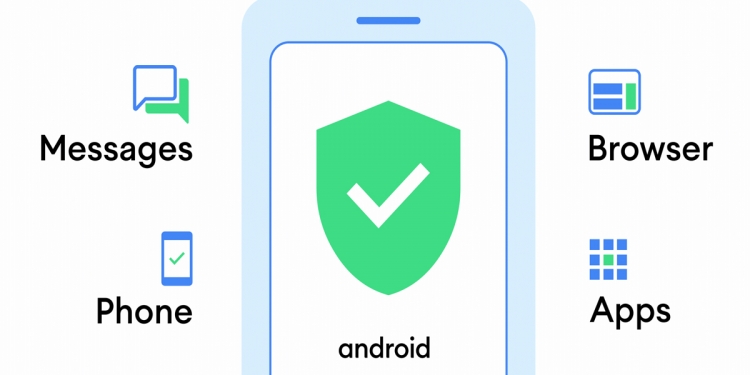Online scams have become so prevalent in Malaysia in recent months that it’s even attracted the attention from both sides of the political divide, with a Pakatan MP recently calling for more scam prevention measures and the government also allocating RM73 million in the Budget 2023 announcement just to tackle cybersecurity threats. With it currently being Cybersecurity Awareness Month, Google themselves has also shared how to avoid getting scammed or phished online while using your shiny new Android device.
For starters, Google has already baked into the Messages by Google app machine learning capabilities to proactively weed out up to 1.5 billion spam, phishing and scam texts from bad actors every month. It works by looking for known patterns and if it notices something fishy, will either warn you of something suspicious or straight up divert the suspect texts into the spam folder immediately. Alternatively, you can also help Google out if you’re using the Messages by Google app by reporting a suspicious scam text to Google.

In fact, these protections are also found on Gmail, the default email app on most Android smartphones, which already blocks out 99.9$ of spam, malware and phishing attempts in emails. Those of you using the default Phone by Google app will also be able to enjoy extra protection, as the app comes with several security measures to protect against those calling in and phish for data by pretending to be your bank or an authority figure. These include a built-in caller ID and spam protection as well as Call Screen, though the latter feature is currently unavailable in the region for now.

On top of that, the latest versions of Google Chrome also checks ahead of the site you’re trying to access to ensure that you don’t accidentally click on the wrong link and end up on a dangerous website with malware on it. You might’ve encountered the Safe Browsing feature before this yourself, as you’ll be greeted to a huge warning on Chrome telling you that the site contains malware and that attackers on this website might be trying to steal your information or install dangerous apps onto your device. Safe Browsing already protects 3 billion devices globally and offers a lot of protection especially for those on the web who might be technologically illiterate.
Similarly, if you’ve somehow accidentally downloaded an APK file containing malware that tries to install itself, Google Play Protect will kick in and check the installation process. If it sees some funny business going on, you’ll be informed about the malicious or harmful app on your device. Play Protect also scans your device every day to check for any possible threats even when you’re offline.


All Android devices running version 7.0 and above will have a built-in security key for extra protection too. This means that whenever someone tries to access your Google account, you’ll be prompted on your phone to confirm your identity. If you’re unsure about the security of your Google account, you can also head over to the Security Checkup section of your account, which will tell you about the current protection and security of your account. This includes telling you if 2-step verification is currently on, what saved passwords you have as well as the ability to review recent activity on your account so that you can see where you’re currently signed in.








